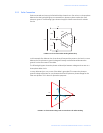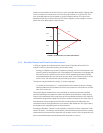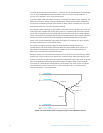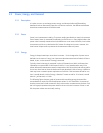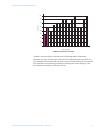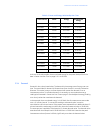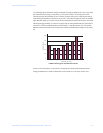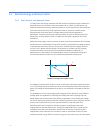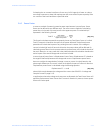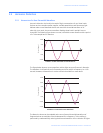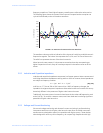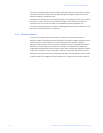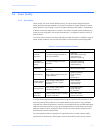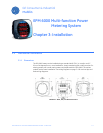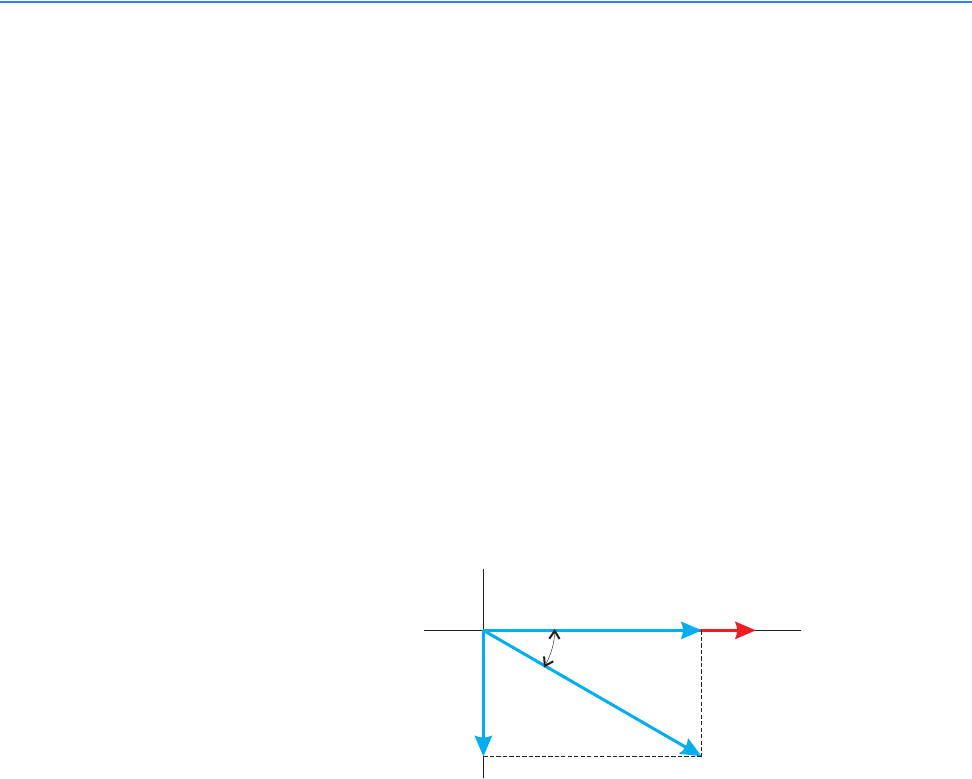
2–12 EPM 6000 MULTI-FUNCTION POWER METERING SYSTEM – USER GUIDE
CHAPTER 2: ELECTRICAL BACKGROUND
2.4 Reactive Energy and Power Factor
2.4.1 Real, Reactive, and Apparent Power
The real power and energy measurements discussed in the previous section relate to the
quantities that are most used in electrical systems. But it is often not sufficient to only
measure real power and energy. Reactive power is a critical component of the total power
picture because almost all real-life applications have an impact on reactive power.
Reactive power and power factor concepts relate to both load and generation
applications. However, this discussion will be limited to analysis of reactive power and
power factor as they relate to loads. To simplify the discussion, generation will not be
considered.
Real power (and energy) is the component of power that is the combination of the voltage
and the value of corresponding current that is directly in phase with the voltage. However,
in actual practice the total current is almost never in phase with the voltage. Since the
current is not in phase with the voltage, it is necessary to consider both the in-phase
component and the component that is at quadrature (angularly rotated 90° or
perpendicular) to the voltage. The following figure shows a single-phase voltage and
current and breaks the current into its in-phase and quadrature components.
FIGURE 2–9: Voltage and Complex Current
The voltage (V) and the total current (I) can be combined to calculate the apparent power
or VA. The voltage and the in-phase current (I
R
) are combined to produce the real power or
watts. The voltage and the quadrature current (I
X
) are combined to calculate the reactive
power.
The quadrature current may be lagging the voltage (as shown above) or it may lead the
voltage. When the quadrature current lags the voltage the load is requiring both real
power (watts) and reactive power (vars). When the quadrature current leads the voltage
the load is requiring real power (watts) but is delivering reactive power (vars) back into the
system; that is VARs are flowing in the opposite direction of the real power flow.
Reactive power (vars) is required in all power systems. Any equipment that uses
magnetization to operate requires vars. Usually the magnitude of vars is relatively low
compared to the real power quantities. Utilities have an interest in maintaining VAR
requirements at the customer to a low value in order to maximize the return on plant
invested to deliver energy. When lines are carrying vars, they cannot carry as many watts.
V
I
I
R
θ
I
X



